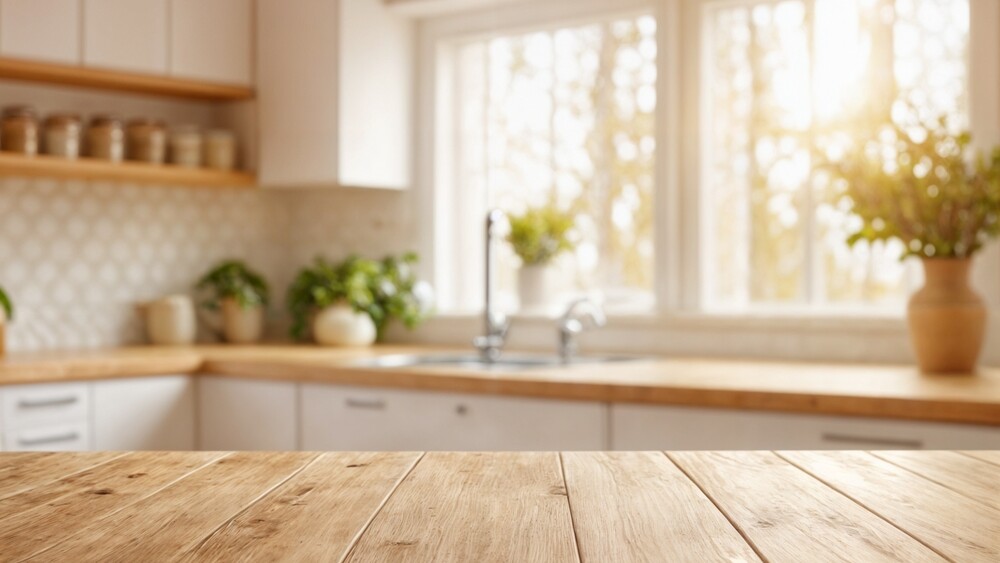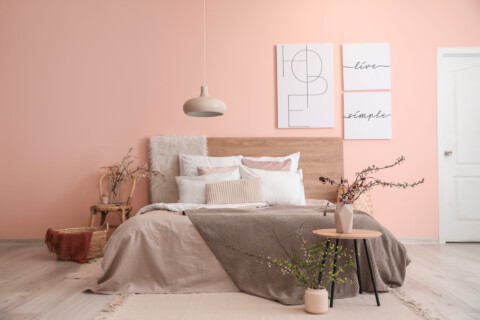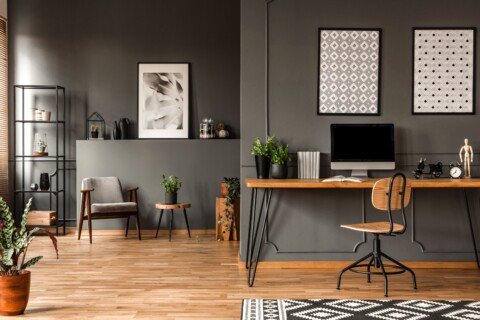Natural light is essential to interior design because it provides so many advantages over artificial lighting. You can improve your living space’s ambiance and functionality by making effective use of sunlight. This in-depth guide will cover professional techniques and useful advice for optimizing natural light in your home, turning it into a bright haven that promotes health and energy.
Select the Right Window Treatments
Window treatments are essential for improving privacy and aesthetics while regulating the amount of natural light entering a space. To balance light-filtering blinds or shades with transparency and sun protection, think about going with sheer curtains. Alternatively, enjoy the flexibility of movable shutters or blinds to change the amount of light in your room throughout the day. Investigate cutting-edge solutions like solar shades and smart window films, which use cutting-edge technology to maximize natural light and reduce heat gain and UV exposure.

Embrace Light-Colored Walls and Décor
A room’s perceived brightness and space are greatly influenced by the color scheme of its walls and furniture. Accept the classic appeal of light, neutral colors that reflect and amplify natural light, like creamy white, soft beige, or light grey. Apply this idea to your décor by adding reflective or metallic accent pieces that improve light diffusion and give the space a more air of brightness. Try different textures and materials, like glossy finishes, translucent elements, or sheer fabrics, to add depth and visual interest to your room while optimizing lighting.
Optimize Furniture Arrangement
Keeping the natural light flowing through your house requires thoughtful furniture placement. To maximize natural light and create a sense of outdoor space, think about positioning seating sections in front of windows. Accept the adaptability of multipurpose or modular furniture, which allows for easy adjustment to changing lighting conditions and room requirements. Using transparent or low-profile furnishings will help you create visual pathways and areas of openness while letting light stream through and giving your room an airy, dreamy glow.
Make Use of Light-Filtering Materials
Investigate cutting-edge materials and technologies that are intended to efficiently filter and diffuse natural light, in addition to conventional window treatments. Think about adding frosted or textured glass panels to your interior spaces. These panels will softly scatter sunlight and create eye-catching patterns and shadows. Investigate the creative potential of stained glass inserts or decorative window films, which soften harsh glare and add a touch of sophistication and elegance. Try layering treatments, such as sheer draperies and woven screens or sheer blinds, to produce dynamic light-shadow interactions that arouse feelings of peace and tranquility.
Keep Windows Clear and Unobstructed
To maximize the amount of light in your living area, keep your windows clear and unobstructed. Glass surfaces should be cleaned both inside and outside on a regular basis to get rid of debris and dirt that can reduce clarity and block sunlight. Prune overgrown trees or other vegetation near windows to avoid obstructions and maximize your window’s exposure to natural light. Think about integrating outdoor features like pergolas or trellises, which offer shade without obstructing sunlight penetration, to create hospitable alfresco areas that blend in perfectly with your interior decor.
Incorporate Architectural Elements
Using architectural interventions gives you a special chance to improve your home’s spatial dynamics and natural light penetration. Consider adding roof windows or skylights, which let light in from above and provide a lot of natural warmth and light into spaces. Along exterior walls, think about adding transom or clerestory windows, which allow light in while maintaining security and privacy. Try experimenting with light wells or atriums, which act as hubs of light and connection, connecting different levels of your house and creating an atmosphere of balance and harmony.

Cultivate Indoor Greenery
Adding plants to your interior design scheme improves air quality and general well-being in addition to adding visual appeal. Choose low-light tolerant cultivars, like ferns, pothos, and snake plants, to flourish in regions with little exposure to sunlight. To maximize vertical space and bring life and freshness into your home, arrange plants in vignettes near windows or light-filled alcoves. You can incorporate hanging planters, terrariums, or vertical gardens into these arrangements. By growing edible herbs or microgreens on sunny windowsills, you can embrace the therapeutic benefits of gardening and reap the rewards of sustainable living while fostering a connection with nature.
Conclusion
Maximizing natural light necessitates a careful synthesis of design principles, technological advancements, and environmental considerations. It is an artistic endeavor. You can create a luminous haven that enhances your everyday life and celebrates the beauty of sunlight by putting the techniques and advice in this guide into practice. The journey of embracing natural light can brighten your home and elevate your living space, whether you’re planning a major renovation or looking for small-scale but effective ways to make your space feel more welcoming. It’s a journey that will feed your soul.







